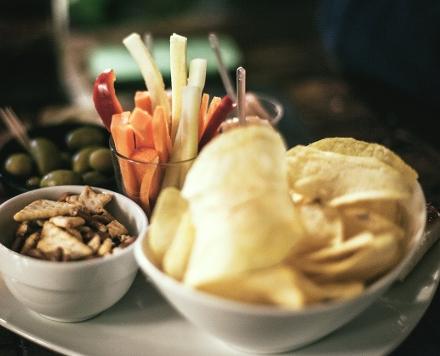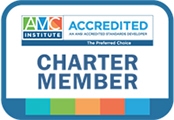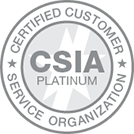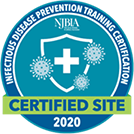I recently attended the Professional Convention Management Association (PCMA) Convening Leaders Convention. At meetings like this, there are so many educational sessions to choose from; as an attendee, you always hope you choose the ones that are going to give you new content and information to assist you in your meeting planning. There was one session in particular that I found to be informational, functional, and full of ideas that I can implement at my own meeting.
I attended a session called Selling Changes: How to Make Healthy Menus a Reality. With a tight budget and support dollars hard to come by, I often find myself in a situation where healthy menus are hard to create because the money is just not there. At this session, I learned that it is not the quantity of food that you offer, but the type of food that helps nourish and invigorate your attendees.

Feeding the brain healthy foods will energize attendees and help them stay alert throughout the day.
When developing menus, it’s important to keep these guidelines in mind:
- Choose foods that keep blood sugar levels stable throughout the day.
- Minimize salt — salt has an immediate effect on circulation.
- Stay hydrated! Make sure there’s plenty of water.
Breakfast should include a healthy balance of sugar and protein. Eggs, cheese, nuts, flax seed, and dried fruits (blueberries and cranberries) are good choices. Honey is a good substitute sweetener.
For lunch, keep it light. If your group will be sitting in a lecture room or participating in strategic planning session, you need to stimulate the brain with lean protein and low carbs. If your group will be team building or brainstorming, you want to serve more carbs and less protein, which has a calming effect on the brain.
For dinner, go for it! The day is over and attendees are ready to eat a substantial meal, but remember to offer healthy choices as well.
There may be a few implementation challenges when choosing menus for a group, like your budget, attendee preferences, special diets and allergies, and working with the hotel chef and convention services personnel. However, there are ways to work around each of these challenges.
- Budget: Work with the chef to use foods that are seasonal, which are usually less expensive. You can also challenge the chef to come up with unique menus within your budget. Look for sponsorship support to increase your budget, or partner with a group coming in before, during, or after your event to reduce costs by recycling menus.
- Attendee preferences: Offer options — as many as you can! Provide recipes with selected choices so the attendee can see exactly how the option was made and have the option to make it themselves. Serve meals buffet-style so each attendee has the option between healthy choices or not.
- Special diets and allergies: Label all food choices or create symbols for each dietary challenge. Try to collect dietary information in advance through your registration process; deconstruct your buffet (display everything separate; for example, salad — let them create their own by adding ingredients to the lettuce).
- Working with the hotel chef: Bring the chef into your planning process early to brainstorm ideas. Be honest with your budget so the chef can be creative within reason and be specific with your needs.
All of these guidelines can not only help you make the right meal choices for your meeting attendees, but can also be applied to your personal life during a full workday.




